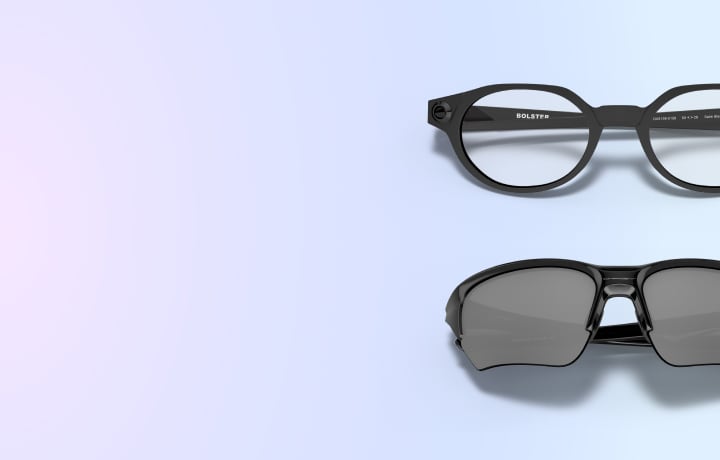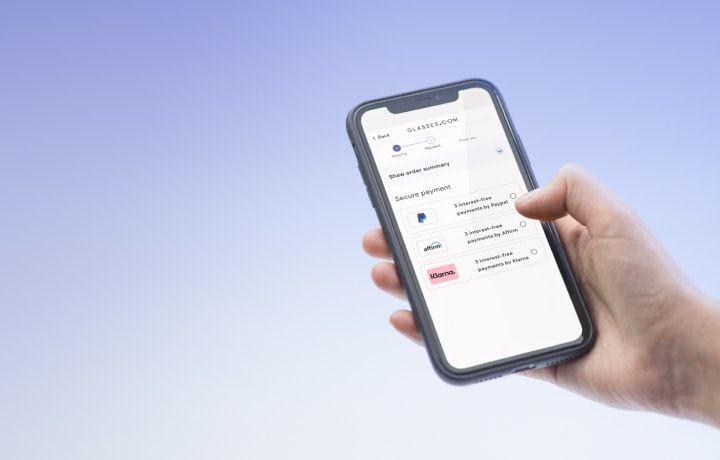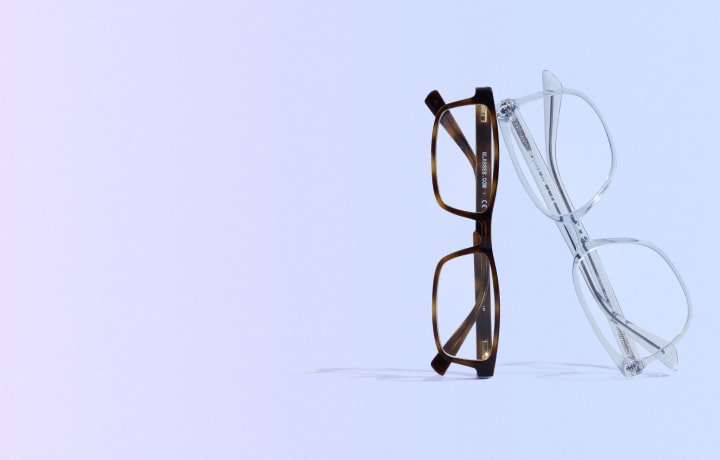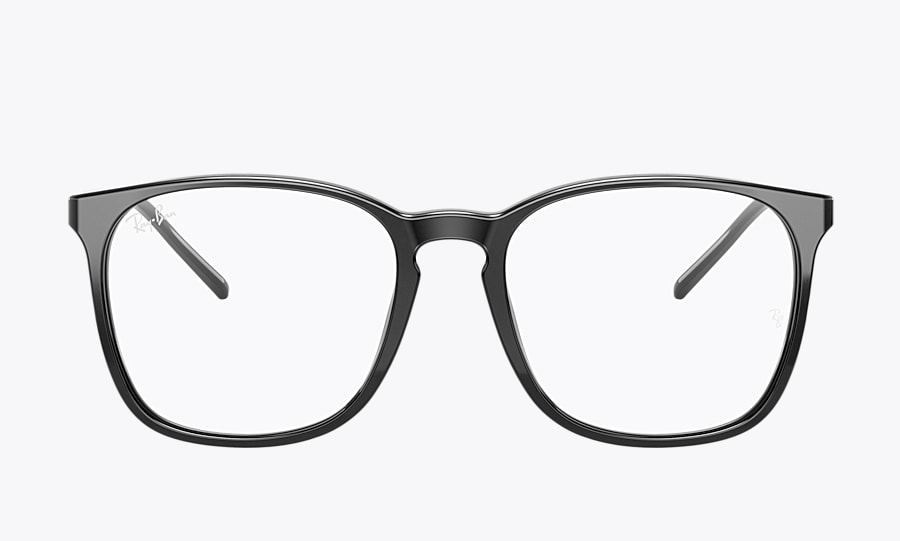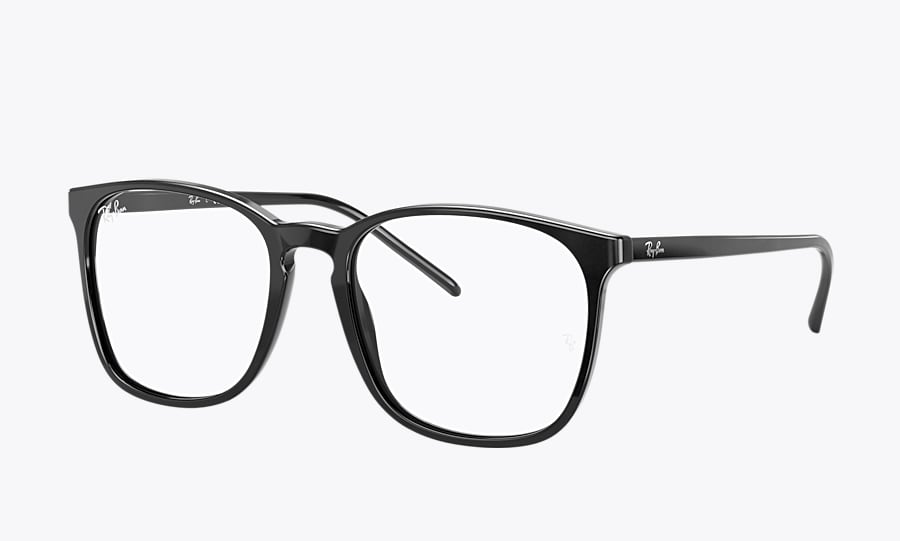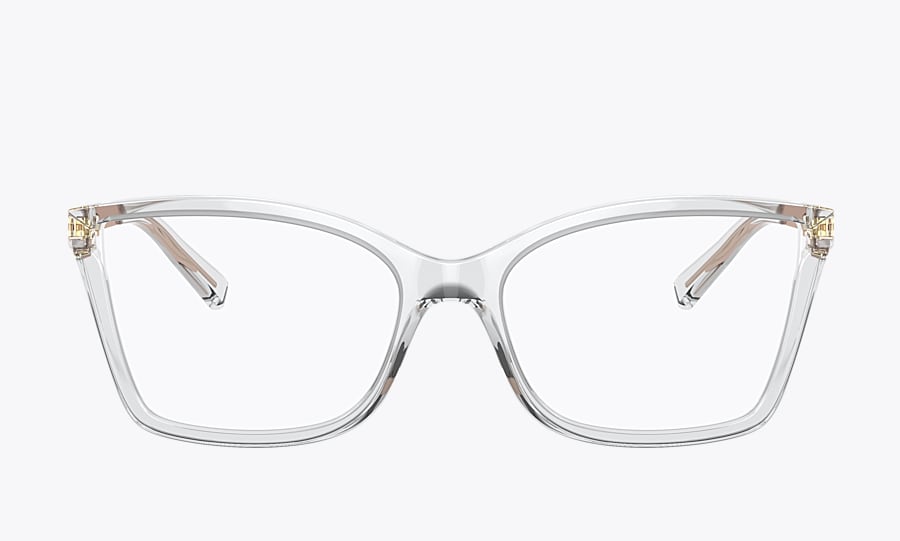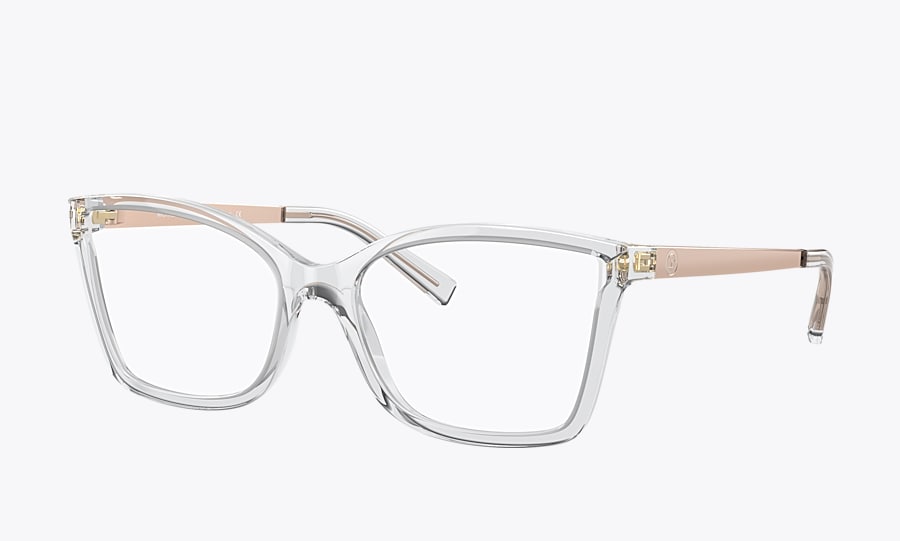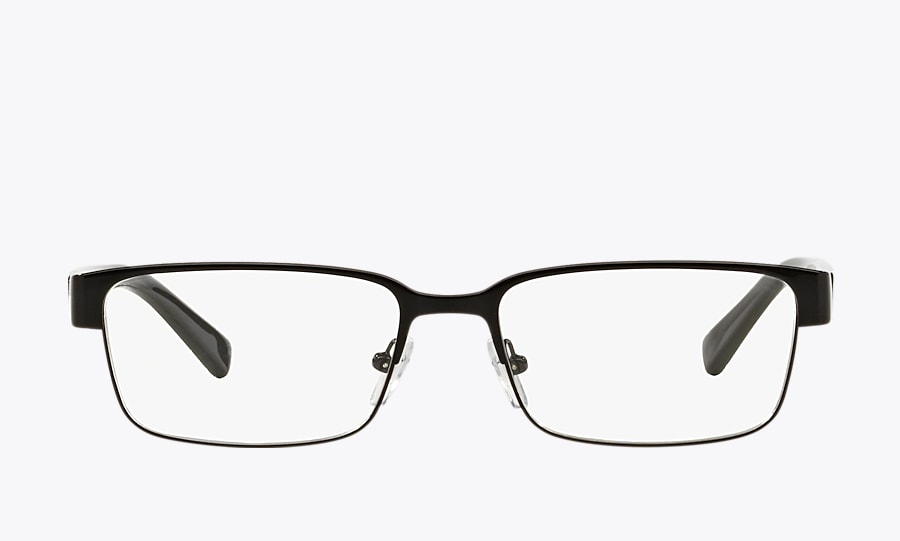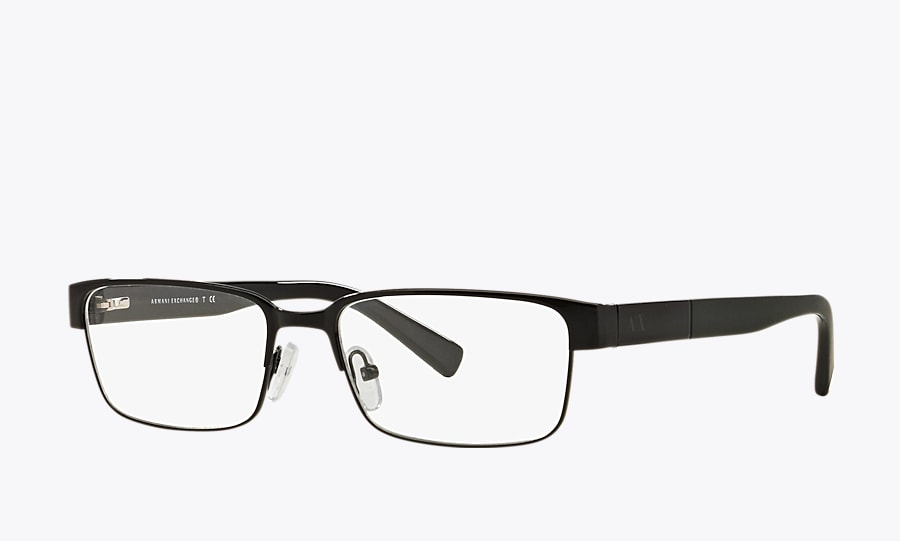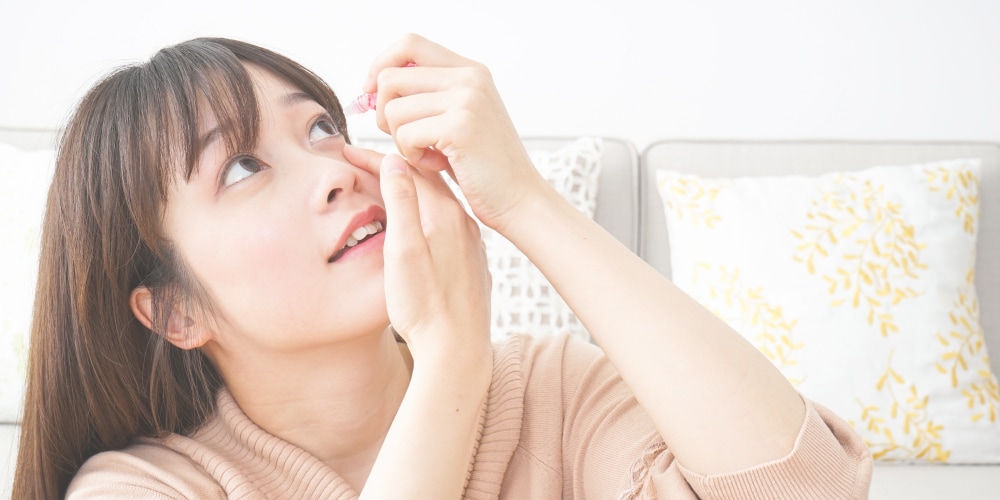
There are many different kinds of eye drops and putting them in your eye can be challenging for those who get squeamish when it comes to touching their eyes. However, with a few pointers and some practice, you'll become more accustomed to it. The more comfortable and confident you are with it, the better able you will be to administer eye drops without missing, spilling, or using excessive amounts.
Struggling to put eye drops in? Here's some easy ways
If you’re struggling to put eye drops in, or you have a young one that has difficulty with things close to their eyes, don’t worry! We’ll walk you through how to apply eye drops as comfortably as you can.
Read the instructions carefully
The first step in how to put eye drops in your own eyes is to read the instructions with care. The results of your treatment may vary greatly depending on the frequency and quantity of your eye drops. That’s why you must use the drops exactly when and how your doctor instructs you to, regardless of whether you're using them for glaucoma, dry eye, an infection, or an allergy. If you are using multiple types of medications, it’s usually a good idea to wait a few minutes between applying each type of medication. To make sure that you are using the right dosage, keep the medication chilled, since this will make it easier for you to feel the drops as they make contact with your eyes.
Talk to your ophthalmologist about your choices if you're having difficulties getting the drops in or how to put eye drops in your eye according to the recommended timetable.
Put the drops in
Tilt your head back and find a particular spot on the ceiling to focus on, some people find the best way to put in eye drops is to stare at a fan or a light fixture.
Pull your lower eyelid down and away from the eye with one hand, creating a pocket to catch the drop. The pocket is a great trick for how to put in eye drops without missing. Place the dropper tip directly over the eyelid pocket and avoid touching your eye or eyelid with the bottle. Gently squeeze the bottle, allowing the medication to drop into the pocket. Count the drops to make sure you apply the correct dosage.
Now keep your eyes closed and place light pressure, rubbing your eyes at the point where the eyelid joins the nose on your tear ducts. Before opening your eyes, keep the tear ducts closed for a few minutes, or for however long your ophthalmologist advises. This will prevent the drop from running into your nose and give it time to be absorbed by the eye. Use a tissue to wipe any droplets from your closed eyes if they manage to escape.
Wash your hands
After handling medication and touching your face, it's crucial to wash your hands thoroughly with soap and water.
Use eye drops correctly
As always, use eye drops as directed by your doctor to ensure that all of the medication gets into your eye, whether it's wetting drops for whiter eyes or they are prescribed to treat glaucoma or another eye ailment. Keep in mind that glaucoma eye drops can stop your vision from growing worse. You could lose your vision if you don't utilize them properly.









